Microsoft's new 'Windows + Devices' team could ignite significant hardware innovation
Microsoft's merger of its Windows and Devices teams seems to make business sense, but should OEMs be worried?
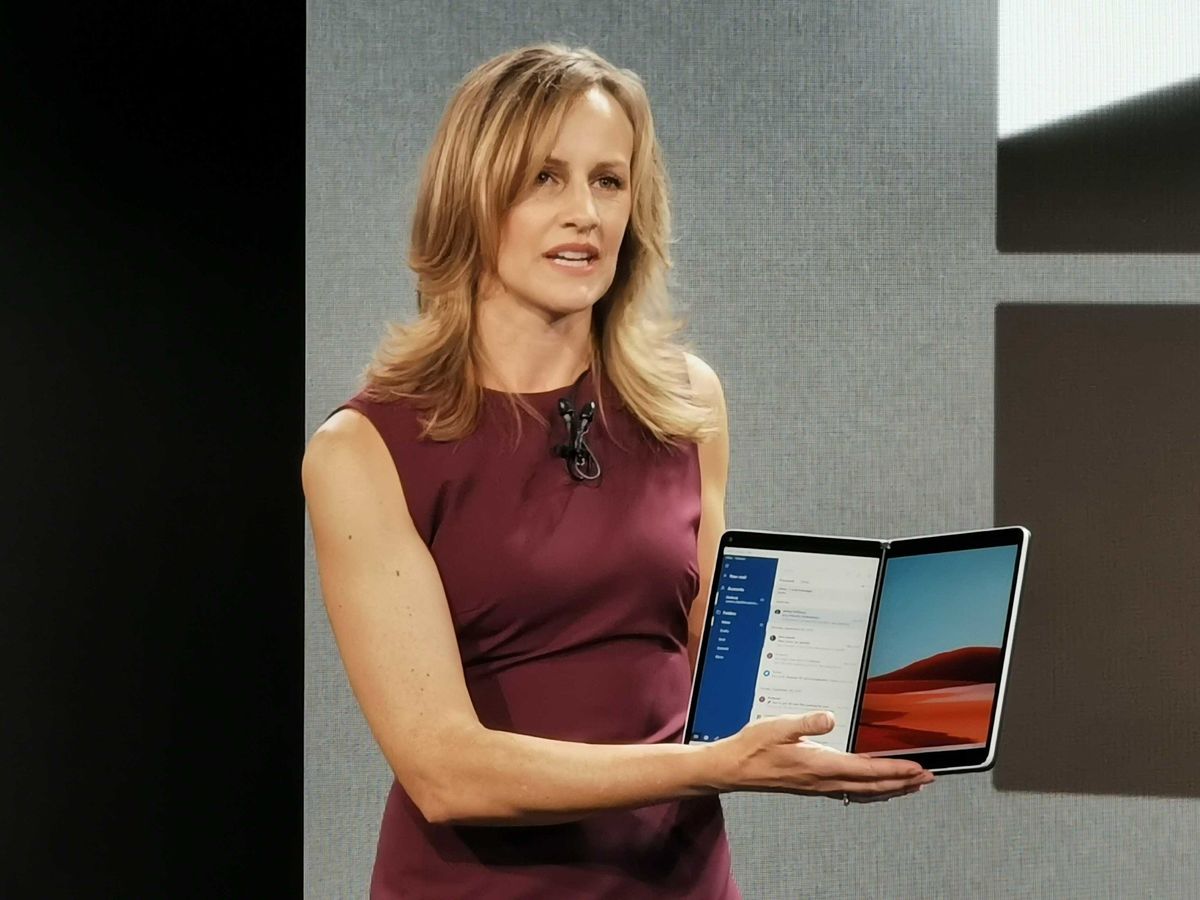
Word broke last week that Microsoft combined its Windows and hardware teams under one umbrella. This new "Windows + Devices" team is led by Panos Panay, who previously led Microsoft's hardware efforts as Chief Product Officer overseeing the standalone Devices group.
News of the teams' merger led many to speculate that Microsoft is ready to bring Surface and Windows development much more in sync. While it's likely we'll see a closer union between hardware and software as a result of this move, it's also worth considering the business implications for Microsoft and its original equipment manufacturer (OEM) partners.
A natural evolution for Microsoft
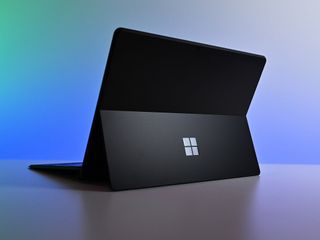
Because Microsoft has control of the development of Windows software and Surface hardware, one could reasonably assume the two teams have historically been in lock-step with one another. However, that hasn't always been the case, with the Surface team building its devices around Windows. Breaking down that barrier between teams, says Al Gillen, Group Vice President for software development and open source at research firm IDC, is a "natural evolution for Microsoft."
Combining both teams will help give Microsoft's device business a shot in the arm.
"The form factors of Windows products continue to evolve, and increasingly, the operating system and the devices it needs to support are evolving together" Gillen says. "Consider what is happening with Windows 10X."
With Windows 10X, Microsoft opted to build a version of Windows 10 designed specifically for dual-screen devices. The Surface Neo, due out later this year, is Microsoft's flagship device for the dual-screen form factor. While, we'll have to wait until it launches to get a full view of how Windows 10X and Neo will work together, it will serve as an example of how the hardware and software teams working closer together could serve the overall device experience.
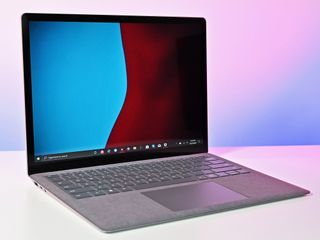
For Jeff Lin, the Associate Director for consumer electronics at research group IHS Markit, the move also makes business sense for Microsoft. Combining both teams will help give Microsoft's device business a shot in the arm.
"Microsoft hopes to keep [its] devices business, but its revenue and growth rate continuously fail to meet shareholder expectations," Lin says. "So, combining two of its large teams (Windows Experience and hardware teams) can help [the] device business grow continuously."
Get the Windows Central Newsletter
All the latest news, reviews, and guides for Windows and Xbox diehards.
Microsoft's Surface business was up six percent, reaching nearly $2 billion in it latest quarterly earnings report. That was largely boosted by the launch of a slate of new Surface devices last fall, including the innovative new Surface Pro X, but the Surface revenue stream is a drop in the bucket of Microsoft's total $36.9 billion in earnings for the quarter.
Beyond general growth for the devices business, Lin sees an opportunity for Microsoft to offer a more compelling package for its enterprise users. "Combining two large teams can help Microsoft sales to offer [a] total solution (Windows 10 and devices) to their enterprise users."
A threat to PC partners?
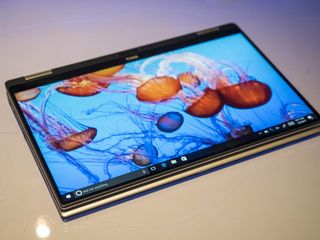
One of the bigger questions to come out of this team merger is how Microsoft's partners might react to the move. There was some speculation that such a shift might upset PC makers, because developing Windows and Surface together could give Microsoft an unfair advantage.
However, according to both Gillen and Lin, it's unlikely we'll see OEMs panic. "[It] is only natural for OEMs to get nervous when Microsoft does something that puts the company in a competitive position versus its OEM partners," Gillen says. "But ... this is old news in that Microsoft crossed the bridge of competing with its OEM partners years ago when it initially brought out the Microsoft Surface product line."
The new Windows + Devices team should be a net positive for Microsoft on multiple fronts.
If the move results in an enterprise push for Microsoft, Lin speculates it may result in PC makers hedging their bets. "We foresee that OEMs will continue to expand cooperation with Google (Chromebook development) for reducing dependence on Microsoft," Lin says.
For Microsoft's part, Panos Panay emphasized that both Surface and OEM partners will benefit from the Windows and Device arms working as one team. In an internal email following the move, Panay said the new team will help Microsoft "deliver the best end user experiences from silicon through operating systems across all Microsoft apps and service connected devices (OEMs and Surface)."
We reached out to Microsoft for further information on the move but it did not respond to a request for comment.
PC software and hardware are better together
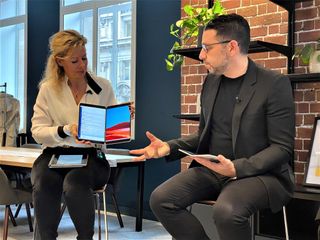
For Panay, it's the marriage of hardware and software that appears to be the big draw of his new role. "Designing hardware and software together will enable us to do a better job on our long term Windows bets (dual screen, silicon diversity, connectivity, app platform, etc.)," Panay wrote in his email to employees last week.
The new Windows + Devices team should be a net positive for Microsoft on multiple fronts. Not only is it likely to more effectively synchronize hardware and software, but it gives Microsoft another way to make its operations more efficient as it experiments with new device categories, according to Gillen.
"This business is not one of the high-flyers for Microsoft, and is experiencing only linear growth, so Microsoft needs to operate it in an efficient manner," Gillen says. The recent internal merger is designed to do just that.
Dan Thorp-Lancaster is the former Editor-in-Chief of Windows Central. He began working with Windows Central, Android Central, and iMore as a news writer in 2014 and is obsessed with tech of all sorts. You can follow Dan on Twitter @DthorpL and Instagram @heyitsdtl.
